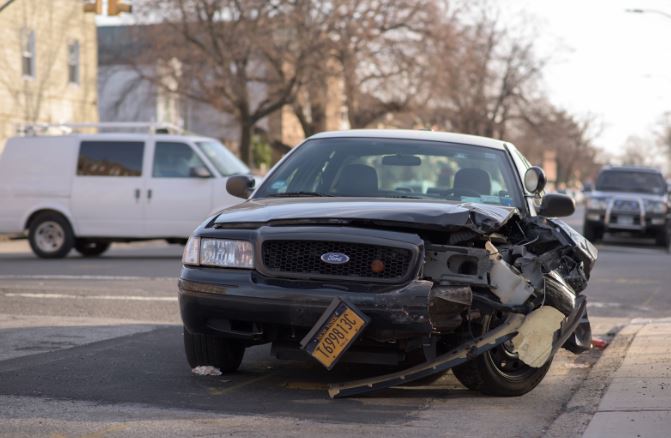Getting into a car accident is always a scary thing. One way to deal with stress is to tell yourself that it’s not your fault. But is that true? If so, who is to blame?
There are many things that go into figuring out who is to blame for an accident. The best thing you can do is to learn as much about it as possible so you can help your insurance company work out the next steps. Read on to find out more.
No-Fault State
No-fault doesn’t mean that no one is to blame for a car crash. At the moment, twelve states have no-fault insurance laws that mandate all residents to get Personal Injury Protection (PIP) coverage when they buy car insurance. PIP pays up to a certain amount of the policyholder’s medical bills after an accident.
Once a person’s PIP coverage limits have been reached, they can sue the other motorist for personal injury losses if that driver was at least partly to blame. Talk to your truck accident lawyer or personal injury specialist for help and advice on how to move forward in this situation.
Police Report
The police report isn’t the last word on who was at fault in a car accident. The officers will talk to witnesses and gather information. They may also take pictures. If they say what they think is wrong, it’s just that: what they think. They probably didn’t see what happened and don’t know what happened. In the end, the insurance companies and, if necessary, a court decide who was at fault.
T-Bone Collisions
The T-bone or side-impact crash is a common type of car accident. For instance, a driver turns left and is hit on the right side by a car coming the other way. Even though it might look like the car that was turning didn’t give the other car the right of way, it’s not always clear who is at fault in a T-bone accident.
What if the car turning left had a green light, and the other car went through a red light? Or, what if the other car didn’t have its lights on when it was dark? Depending on the facts of each case, a T-bone accident often leads to a comparative or modified comparative negligence decision – in other words, both parties are at fault, although to what extent will differ in every case.
Low-Speed Collisions
Low-speed collisions, which tend to happen in parking lots, are another common type of car accident. Most of them happen when one car is backing out of a parking spot and another is passing by in the travel lane. Most of the time, the backing vehicle is at least partly to blame, but as we saw with the T-bone accident, nothing is set in stone when it comes to figuring out who is at fault.
Rear-End Collisions
A lot of car accidents happen when someone hits the car in front of them. Many drivers think that the car that hits them from behind is always at fault, but that’s not always the case. If the insurance company does a thorough investigation, they may find things that could make this a case of comparative negligence.




